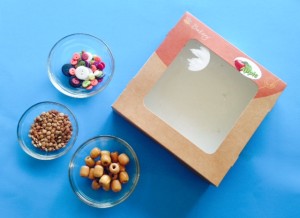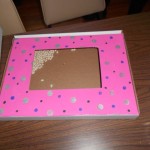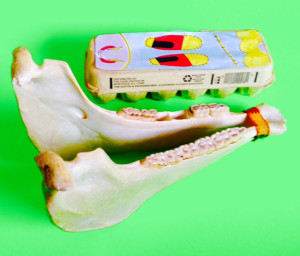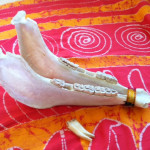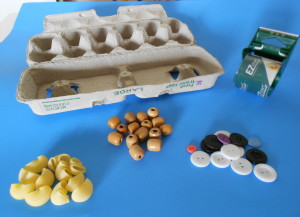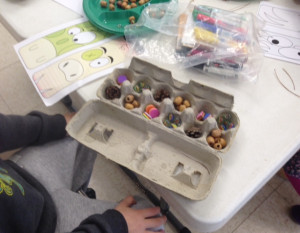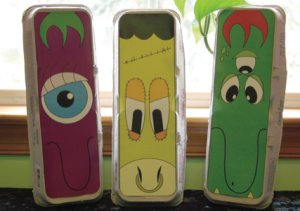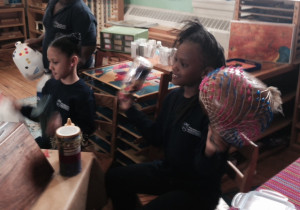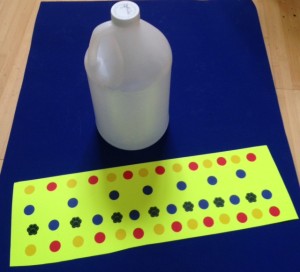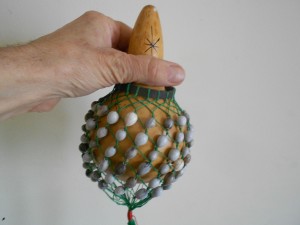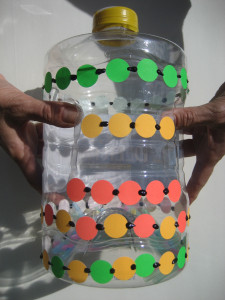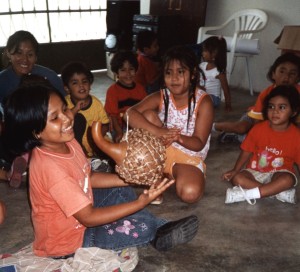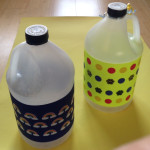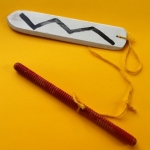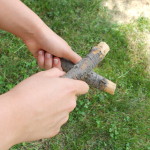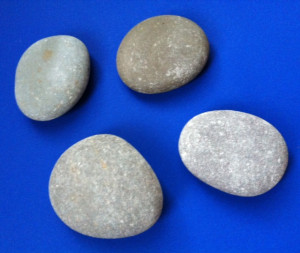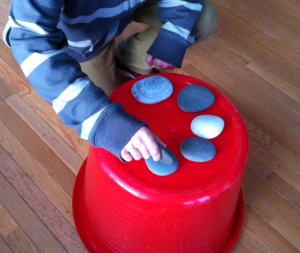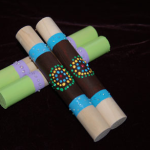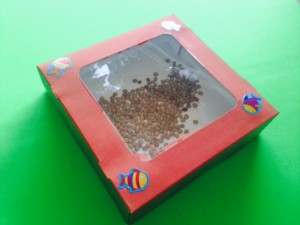 Who doesn’t love the soothing sound of the surf? And who doesn’t have too many pie boxes around this time of year?
Who doesn’t love the soothing sound of the surf? And who doesn’t have too many pie boxes around this time of year?
Combine those two things and you can have a handy, functional ocean drum made from a few materials found around your home.
What Is An Ocean Drum?
If you haven’t already fallen in love with an ocean drum, it’s a simple frame drum with small round objects between the two heads. (You’ll get a chance to see and hear one below! ) When you tilt it from side to side, the little objects roll and the sound created is like waves lapping against the shore. And even our craft version can create the relaxing and hypnotic effect of this quieting drum.
Make sure you have a sturdy pie box, then look for whatever you have around your house that is small and round. Almost any item will work, but objects like seed beads or round “acini de pepe” pasta will sound remarkably like the ocean. Remember, the smaller and rounder the object, the more it will sound like the surf!
Then check your craft area for any supplies to decorate. You can leave your pie box plain or feel free to make it unique by adding paint, stickers or other creative design ideas. In the image at the top of this post, you can see that we painted the sides and added our favorite fishy stickers to keep with the ocean theme.
Add It In, Seal It Up!
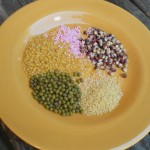 When you’ve completed your decoration, add your filling to the drum and see how it sounds. The sound will change when you add more or less of what you’ve chosen to use, so adjust the contents until you’ve found the perfect sound for you.
When you’ve completed your decoration, add your filling to the drum and see how it sounds. The sound will change when you add more or less of what you’ve chosen to use, so adjust the contents until you’ve found the perfect sound for you.
Last, seal up with clear tape – packing tape works the best to keep all the tiny objects secure inside the box.
Check out the Real Thing… And A Sturdier Craft Version
Love this drum? Here’s a short video of a real ocean drum demonstration. And below is a link to a step-by-step tutorial for a sturdier version made with a packing box. The larger size and the stronger cardboard make for a more resilient version of this enjoyable musical craft.
Special Kids and Adults And the Ocean Drum
This is one of our favorite crafts for creating with kids and adults of all abilities. There are dozens of ways to personalize and play it, so these crafty oceans drums have been a bit hit when we are asked to do workshops with our special friends!
Links and Resources
Ocean Drum Tutorial From The TeachersPayTeachers Site: https://www.teacherspayteachers.com/Product/Ocean-Drum-Craft-1567951
Earth Day Craft E-Book With 10 Green Crafts (Including The Ocean Drum) https://www.teacherspayteachers.com/Product/Reduce-Reuse-Recycle-Rock-Out-E-Book-With-10-Musical-Activities-653502

